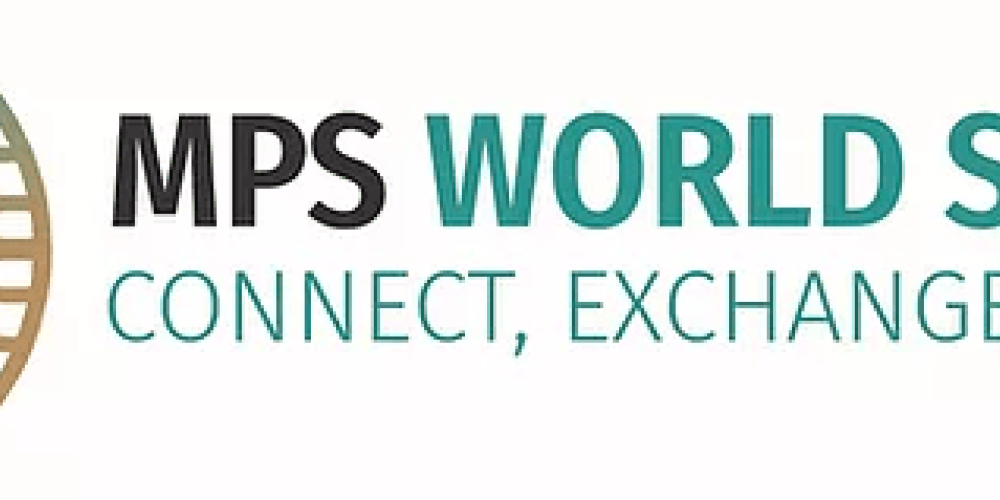
From June 9 to 13, Brussels will host the MPS World Summit, the largest international conference ever dedicated to microphysiological systems (MPS), better known as “organs-on-a-chip.” These innovative technologies mimic human organs and offer a more accurate, efficient, and humane alternative to animal testing. They are fundamentally transforming how researchers develop drugs, study diseases, and shape the future of biomedical science. VUB toxicologist Prof. Mathieu Vinken is chairing the summit.
Why Animal Models Fall Short
Although animal models are still commonly used in research, they are becoming increasingly scientifically untenable. They rarely predict what actually happens in humans. A well-known example is Alzheimer’s: dozens of treatments have ‘succeeded’ in mice, but none have worked in humans. In the pharmaceutical industry, over 90% of potential drugs still fail in clinical trials, resulting in massive waste of time, money, and resources. MPS provides an alternative to animal models that aligns better with human biology. Scientists study human cells in a realistic microenvironment—with blood flow, cell interaction, and behavior similar to that of real organs.
“It’s About Better Science”
“Animal welfare is a key driver for MPS, but ultimately it’s about better science,” says Prof. Mathieu Vinken, toxicologist at VUB and chair of the MPS World Summit. “MPS isn’t a trendy tech toy—it’s a necessary step forward. People aren’t petri dishes. And they’re not 70-kilogram rats either. Data from animal testing often doesn’t translate to humans. We’re not just looking for an alternative—we want better tools, systems that are more human-relevant.”
Prof. Lena Smirnova, chair of the international MPS society (IMPSS) and researcher at the Center for Alternatives to Animal Testing at Johns Hopkins University, confirms that traditional cell culture methods are no longer sufficient. “In our lab, we build brain models to study how the brain develops and how chemicals interact with it. We use liver cells, brain cells, even immune cells—and build dynamic systems in which they truly come to life, as in the human body. That’s what makes MPS more efficient, more humane, and scientifically stronger.”
From Ethics to Engineering
The MPS World Summit is more than a traditional scientific conference—it reflects how the research itself is changing. “MPS is where the 3 Rs meet the 3 Is,” says Vinken. “Replace, Reduce, Refine—those are the classic animal welfare principles. But now we also have Interdisciplinary, International, and Intersectoral. We’re talking with regulators, pharma, food safety agencies—everyone is involved.”
Yet the field remains cautious. “We’re under a magnifying glass,” Smirnova explains. “If we mess up even once—if a drug developed with an MPS system fails spectacularly—we’ll be set back by years.” That’s why every result is carefully verified and compared against real human data—not against other models. Smirnova adds, “Animal models were never validated this rigorously. But we have to set the bar much higher.”
Brussels as a Strategic Hub
The choice of Brussels as the conference location is no coincidence. “Brussels is the political heart of Europe,” says Vinken. “And we’re proud at VUB to help organize it. VUB has strong expertise in this field, and this top-level event places us at the center of the global debate.”
Interest in the summit goes far beyond academia. The European Commission, national governments, ministers, and agencies are also taking part. One of the co-chairs is Jan Lichtenberg, CEO of Swiss company InSphero. Even the U.S. FDA is attending—highlighting that the MPS World Summit has evolved from a niche gathering to an international platform. “At first, we thought holding a conference every two years would be enough,” Smirnova concludes. “But progress is happening so fast. Every year brings new breakthroughs, new people, new ideas. So now we meet annually.”
Contact
Prof. Mathieu Vinken
+32 (0) 477 45 87
Prof. Lena Smirnova
lsmirno1@jhu.edu
More Information
-
More info about the MPS World Summit can be found here: www.mpsworldsummit.com
-
Read the VUB interview with prof. Mathieu Vinken and prof. Lena Smirnova here: https://www.vub.be/nl/nieuws/vub-organiseert-mps-world-summit